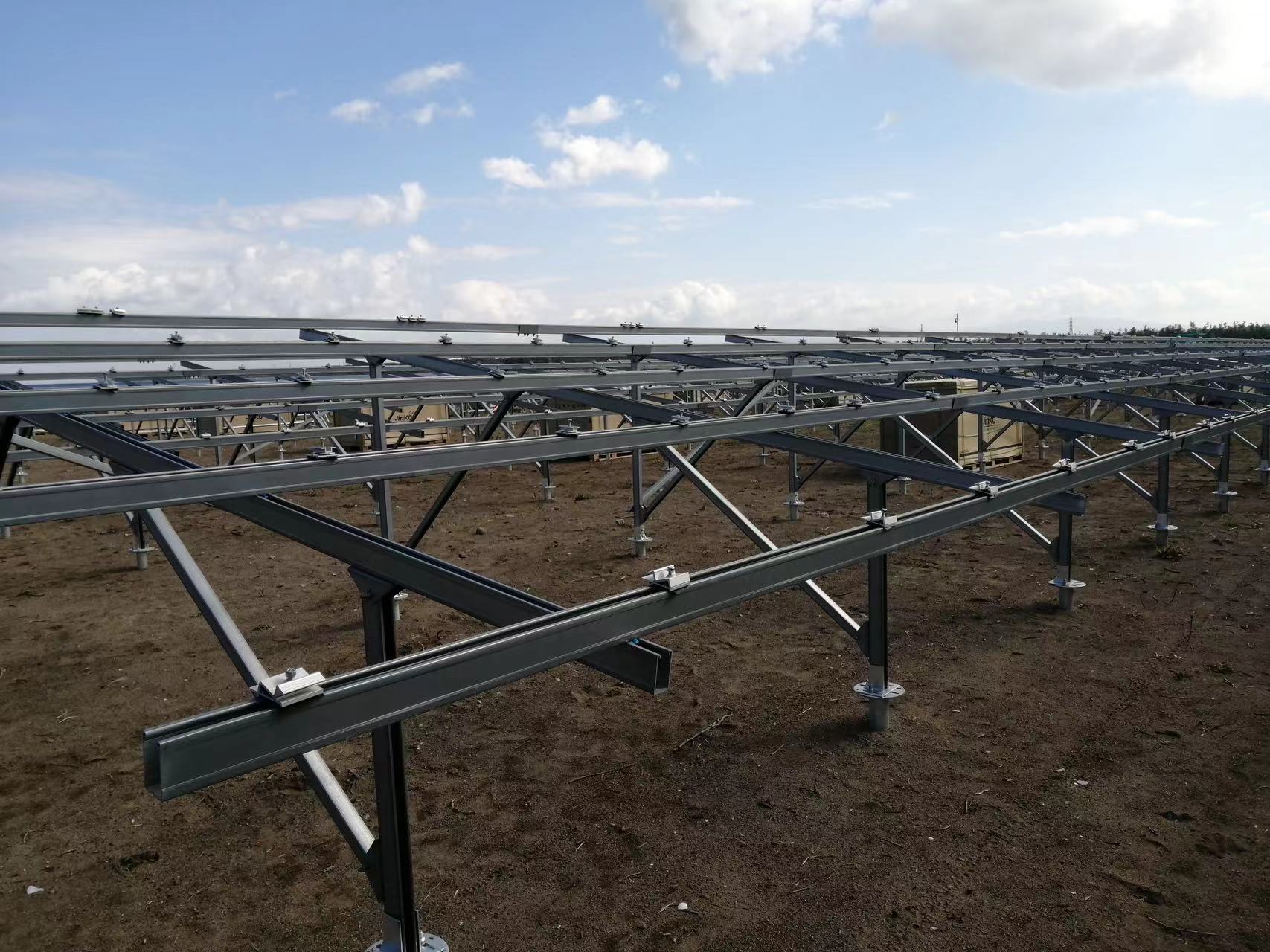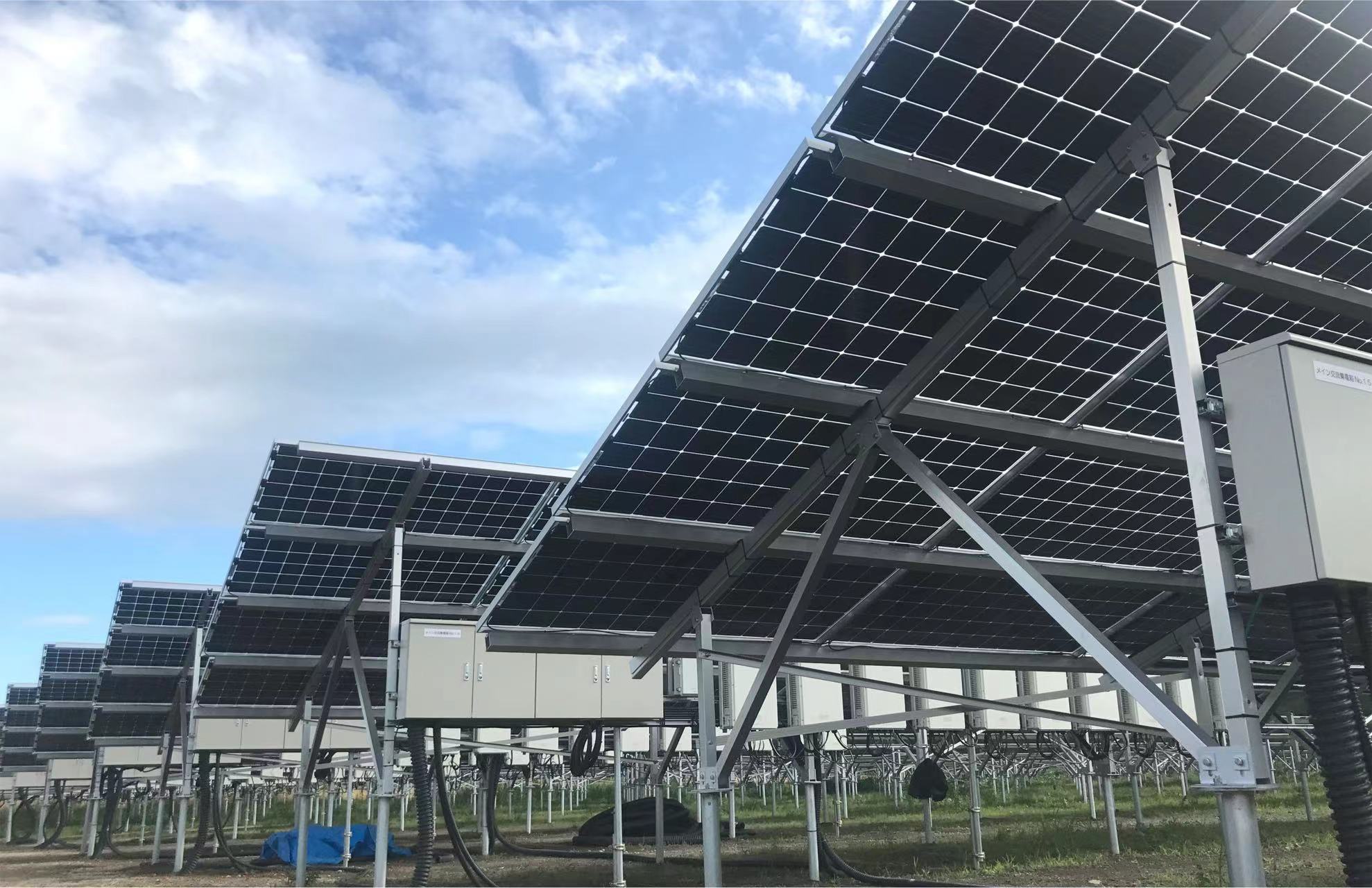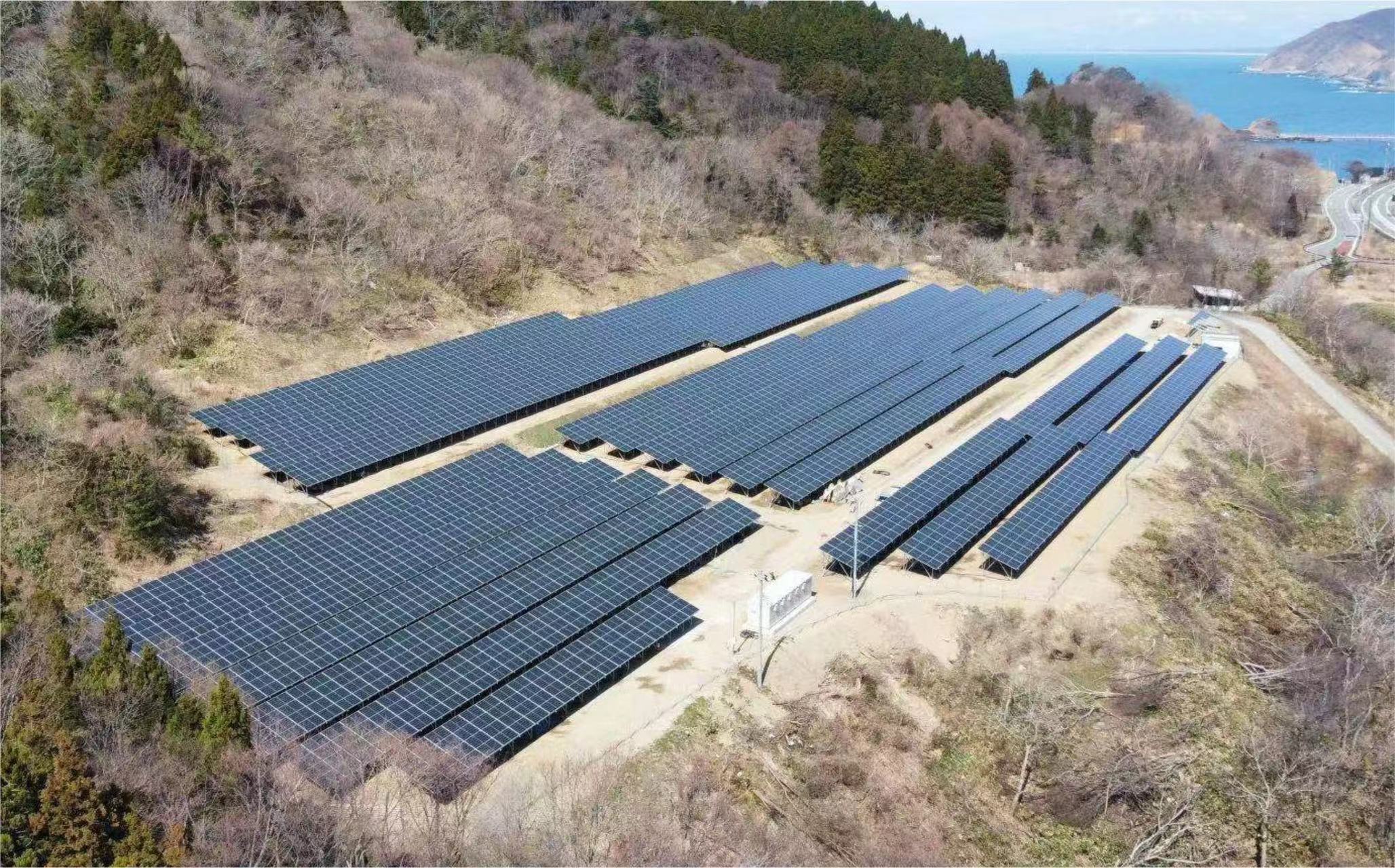As we all know, traditional solar mounting structures face numerous challenges, such as insufficient stability and susceptibility to extreme weather, which can lead to damage and operational disruptions. Additionally, their complex installation processes consume significant manpower and resources, while inadequate maintenance mechanisms result in high upkeep costs. To tackle these issues, comprehensive structural design is crucial—the cornerstone of effective solar structures—which can be optimized in five key areas: materials, design architecture, installation angles, costs, and economic benefits. This approach ensures cost efficiency in solar installations.
1. Materials
Tailoring materials to specific site conditions is crucial. Environmental factors such as weather resistance, corrosion resistance, and UV resistance must be considered during the design phase. Stability is paramount for solar structures, and high-quality materials like weathering steel, aluminum alloy, and advanced composites offer service lives exceeding 25 years.

2. Design Architecture
When constructing solar plants, factors like wind and snow loads must be carefully considered. Robust structural designs and connection methods enhance resistance to crosswinds, ensuring overall stability. Advanced surface treatments and coatings also play a role in extending the life of solar structures.
3. Installation Angles
Optimal PV array spacing should be calculated based on terrain specifics, slope, and solar azimuth. This ensures maximum light capture throughout the seasons, minimizing shading losses and adapting to diverse geographical conditions.

4. Costs
Prioritizing cost-efficiency and material utility in PV mounting structure design is essential. Lightweight materials and compact designs reduce transportation and lifting costs. Standardized, modular designs streamline construction, cut labor expenses, and maximize efficiency with minimal installation outlays. Furthermore, optimizing PV array layouts conserves land, reduces engineering workload, and enhances investment returns by boosting power generation.
5. Economic Benefits:
Maximizing solar plant return on investment hinges on balancing economic viability, rationality, and innovation. For example, solar plans’ efficiency closely correlates with PV array spacing, approaching optimal radiation angles. Design adjustments should balance land costs against generation potential, crucial for lowering costs and boosting operational efficiency.
By optimizing solar structures across these five dimensions, we can enhance their service life and increase energy conversion rates, ensuring they meet the diverse needs of various applications efficiently.For more information about solar PV, stay tuned to Huge Energy!

Advantages of Huge Energy Solar PV Mounting Structures
Huge Energy solar PV mounting structures feature carefully selected materials, such as corrosion-resistant aluminum alloys, high-strength steel products and top-quality stainless steel bolt sets. Precision machining ensures durability in varied environments. Our custom design service ensures optimal mounting angles for maximum energy capture.
We offer 10-15 years of quality assurance and 25-years design life. Our "safety-first" engineering strategy has resulted in a decade of accident-free operations. Count on us for professional services from consultation through installation to ongoing maintenance.
We stand by our commitment to effective energy solutions and sustainable development. And we meet your expectations in every aspect and get your investment to the maximum return.
